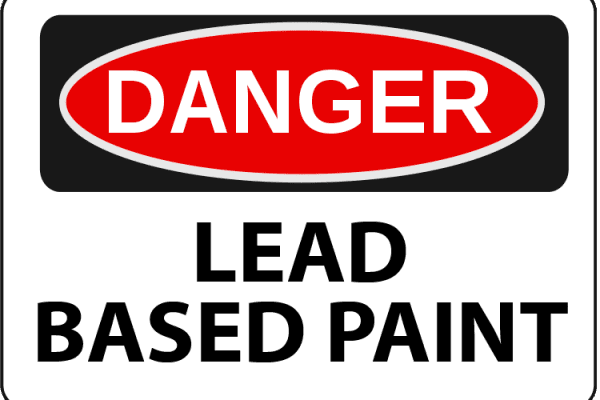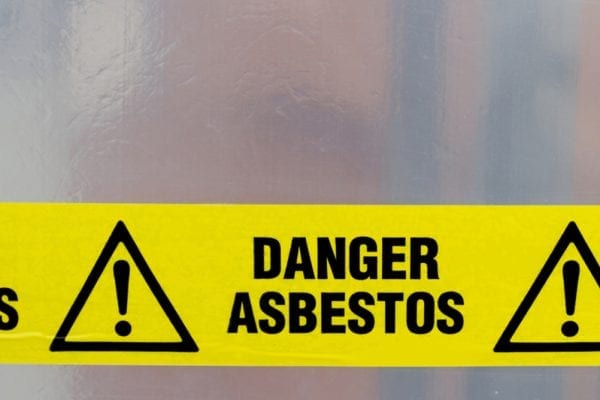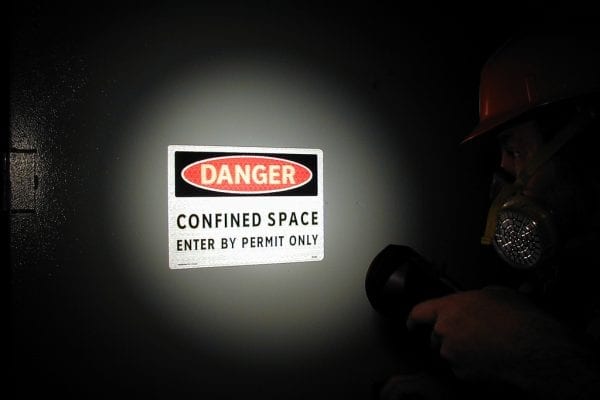When employers think of workplace safety, most often they think of accidents and injuries caused by active hazards such as slipping, tripping, and falling. Unfortunately, however, the largest contributor to workers’ compensation costs is not so obvious, and is often overlooked: Overexertion.
Overexertion leads to worker’s compensation costs of over $15 billion a year and is the #1 reason for lost workdays. It causes 35% of all work-related injuries, according to the National Safety Council, and it’s the second leading reason that adults aged 25-64 visit emergency departments.
Some industries, like construction and manufacturing, are especially vulnerable to worker’s comp claims from overexertion. But almost every industry presents overexertion hazards, as represented in the following statistics from 2014, as reported by the National Safety Council:
- Construction – 19,070 overexertion claims
- Manufacturing – 46,040 overexertion claims
- Wholesale trade – 21,100 overexertion claims
- Retail trade – 42,720 overexertion claims
- Transportation and warehousing – 38,960 overexertion claims
- Professional and business services – 23,410 overexertion claims
- Education and health services – 68,720 overexertion claims
- Government – 72,050 overexertion claims
The Employer’s Responsibility In Regard to Overexertion
The Occupational Safety and Health Agency (OSHA) does not have explicit standards in place to define how employers should protect their workers from overexertion. However, OSHA’s general requirement to provide a safe and healthy work environment (General Duty Clause) applies, and is often cited against the employer in cases of worker injury due to overexertion.
To avoid OSHA citations, it’s recommended that employers have their workplaces assessed by a qualified industrial hygiene firm to identify hazards and institute changes in the work environment and/or work practices to provide safer work conditions.
How to Protect Employees from Overexertion
Overexertion, also sometimes called “ergonomic injuries” are injuries caused by one of the following factors (as cited by the National Safety Council):
- Excessive lifting, lowering, pushing, pulling, reaching or stretching
- Repetitive motion
- Working in awkward positions
- Sitting or standing for prolonged periods of time
- Using excessive force
- Vibration
- Resting on sharp corners or edges
- Temperature extremes
These injuries can happen anywhere from a construction job site to an office chair. Symptoms can be immediate and severe, such as when heavy lifting leads to sudden and debilitating pain, or they can be long-term and develop gradually, such as when poor typing posture leads to discomfort, tendonitis or chronic pain in the hands or arms.
Employers are responsible for ensuring that employees are provided with an ergonomic work environment and are trained in ergonomic practices for their particular responsibilities.
This includes providing construction employees with ergonomic equipment such as lifting belts, and training them in proper lifting technique, as well as providing office workers with ergonomic seating and arrangement of office furniture and equipment.
It may also include providing frequent breaks from repetitive motions, and opportunities to stretch and exercise overworked muscles.
When an employee reports pain, swelling, numbness, tingling, tenderness, loss of strength, or other symptoms, it’s important to follow up and have the symptoms checked out before they develop into a full-blown injury that could lead to worker’s comp and/or missed workdays.
Read more about workplace ergonomics, and stay tuned for our next piece on how to establish an ergonomic office environment.






